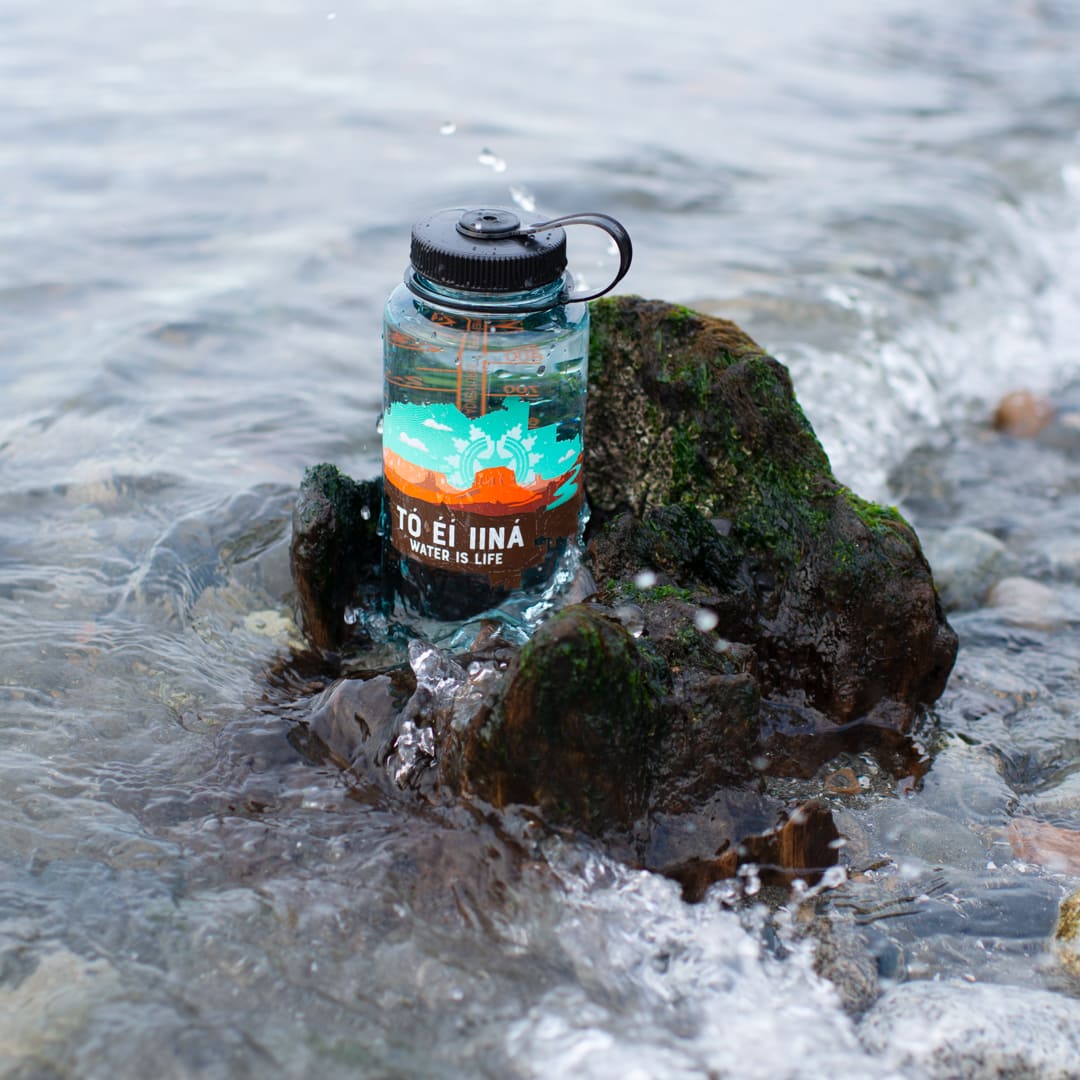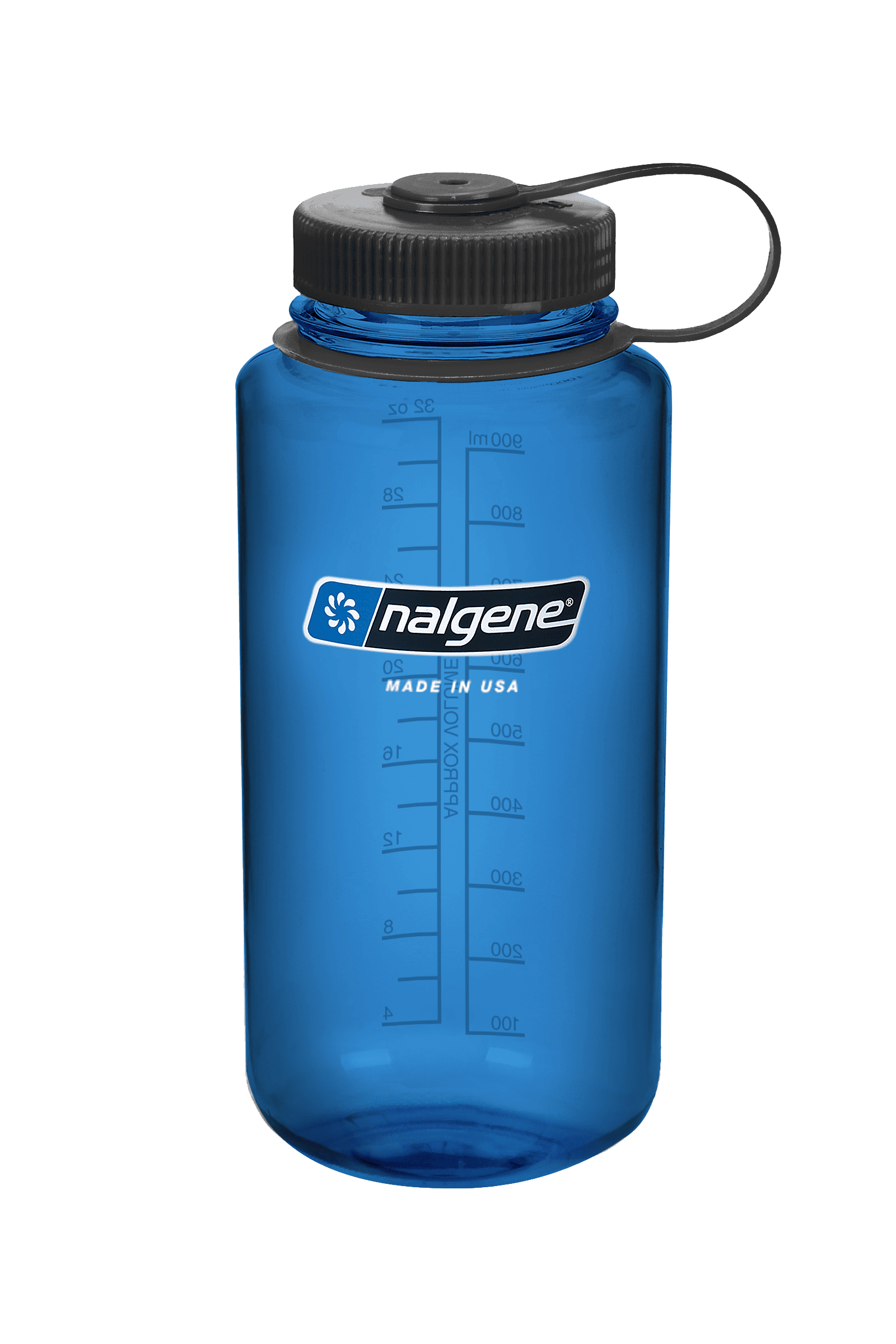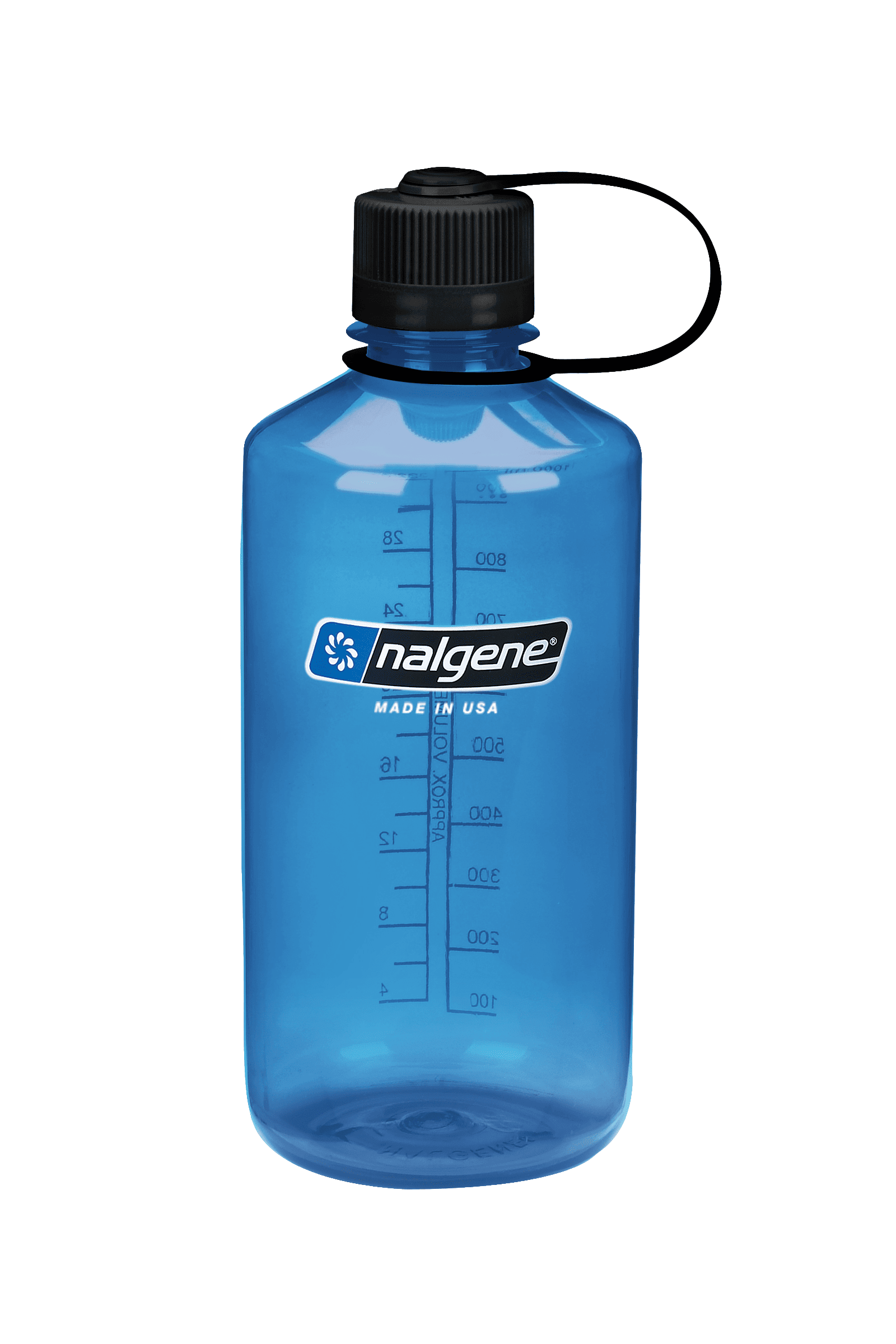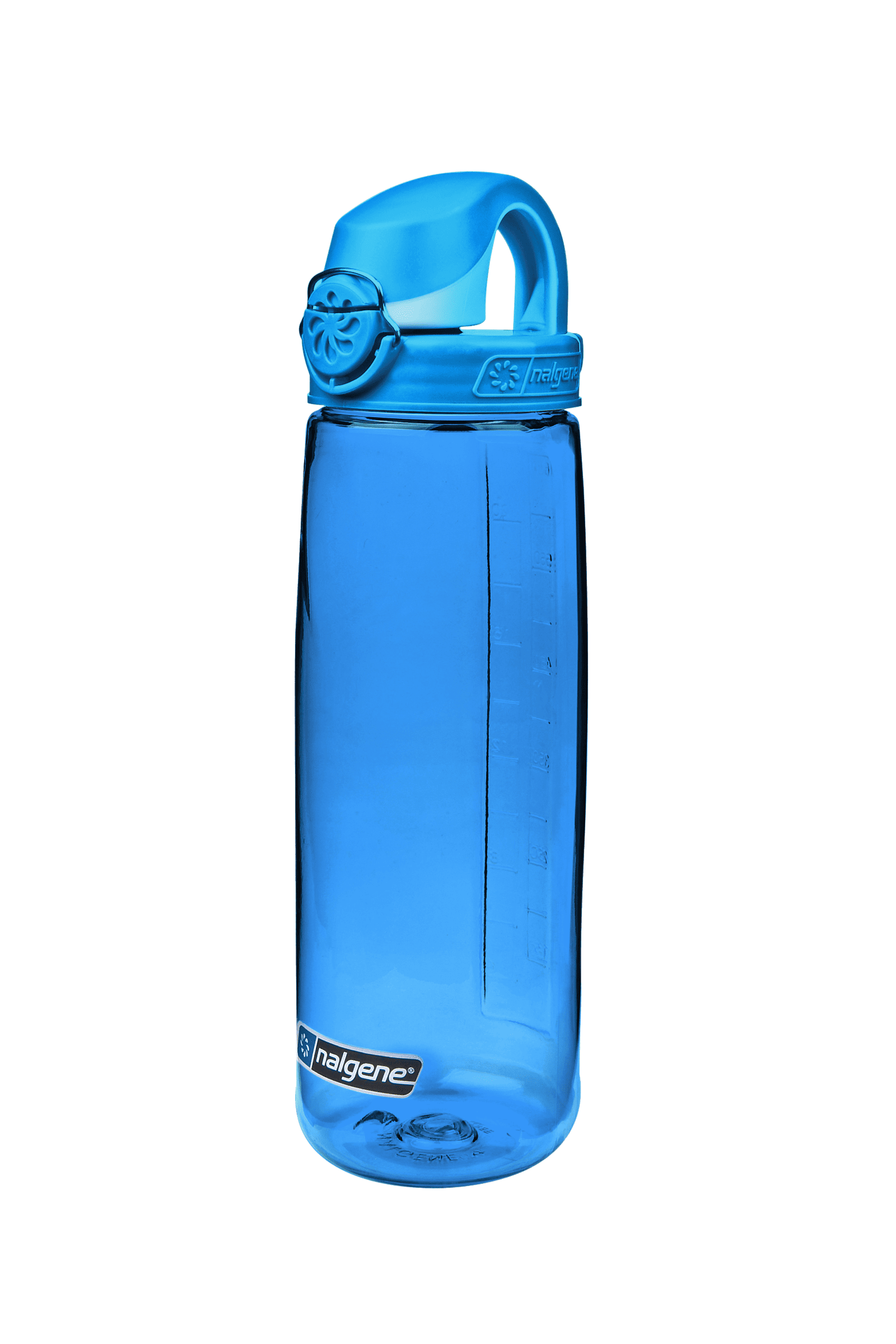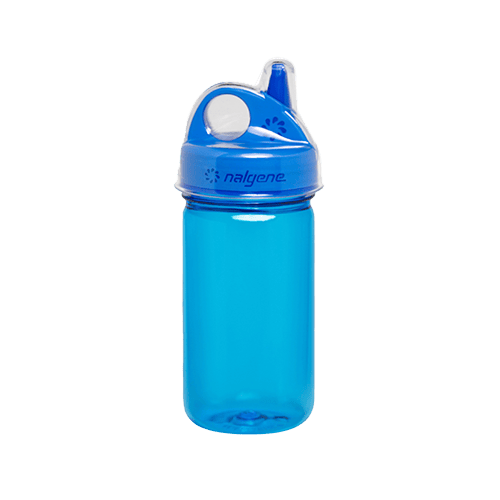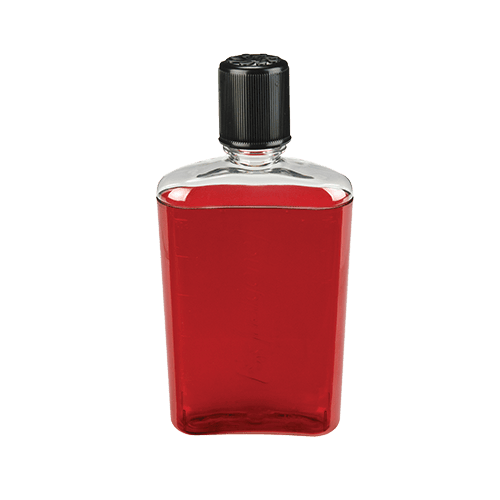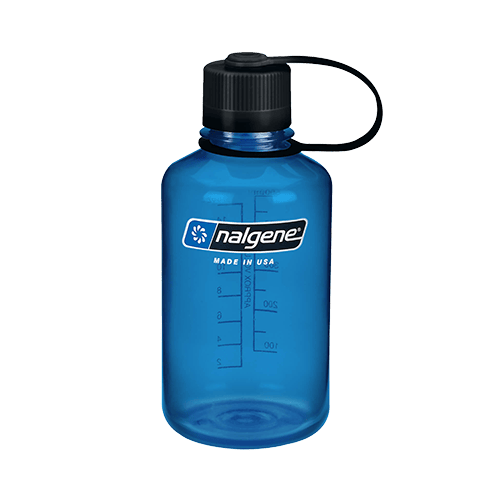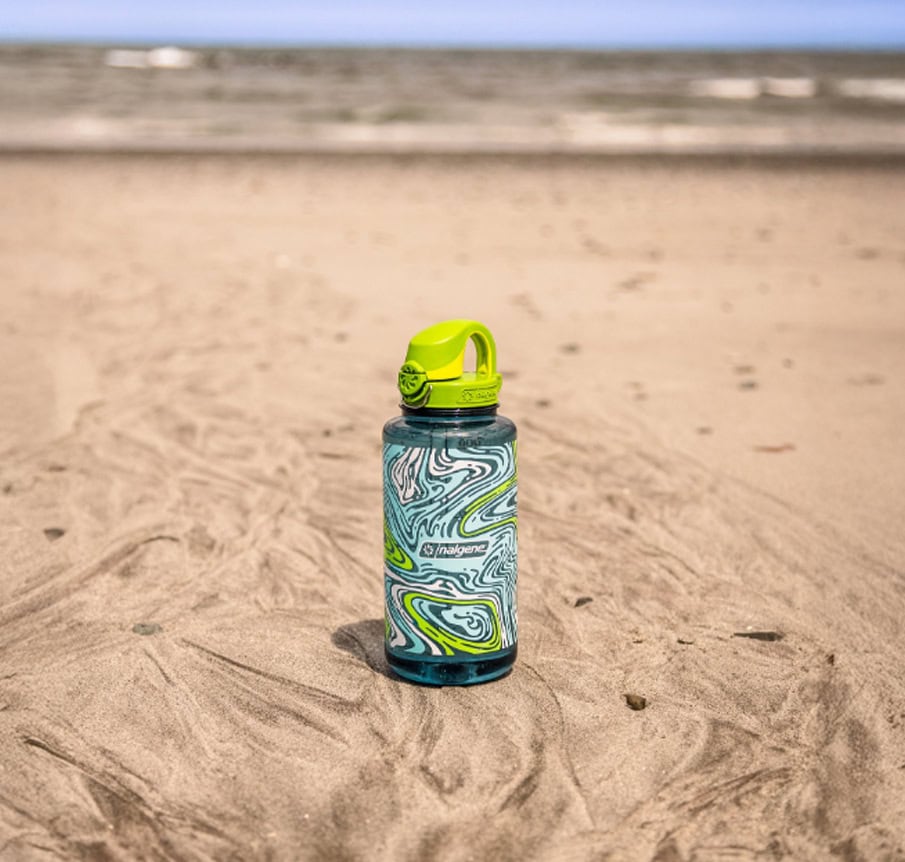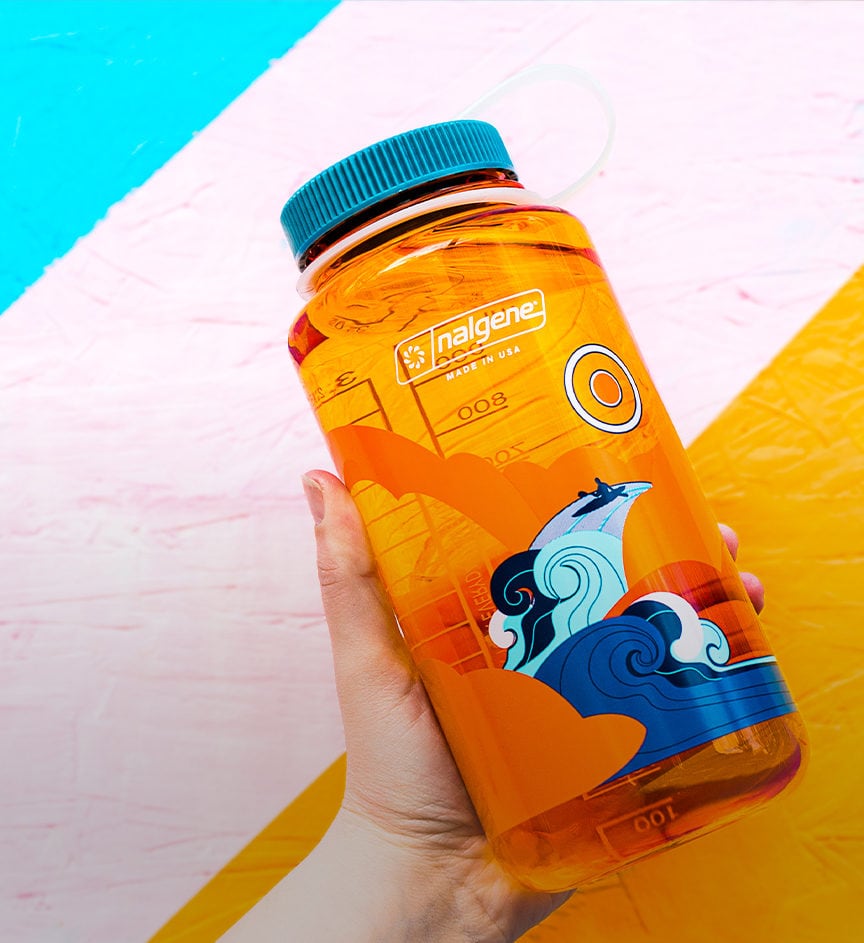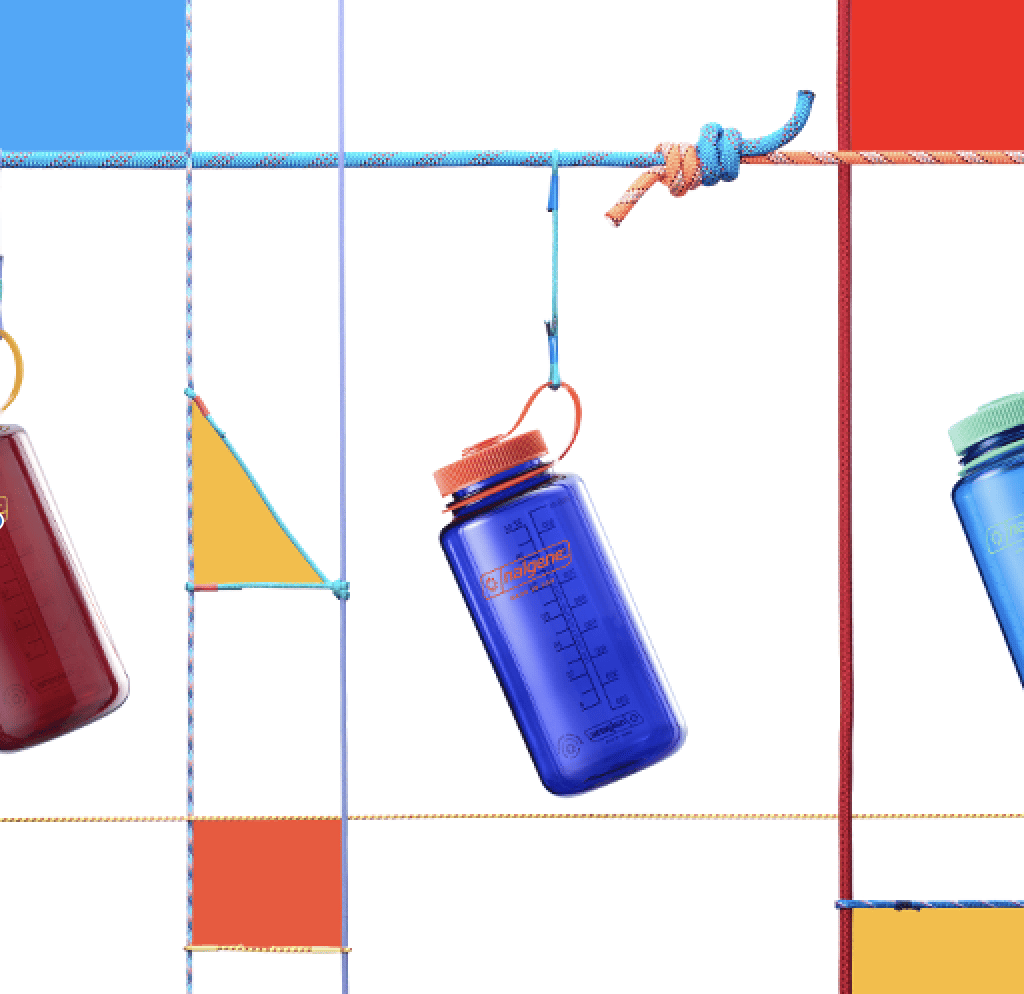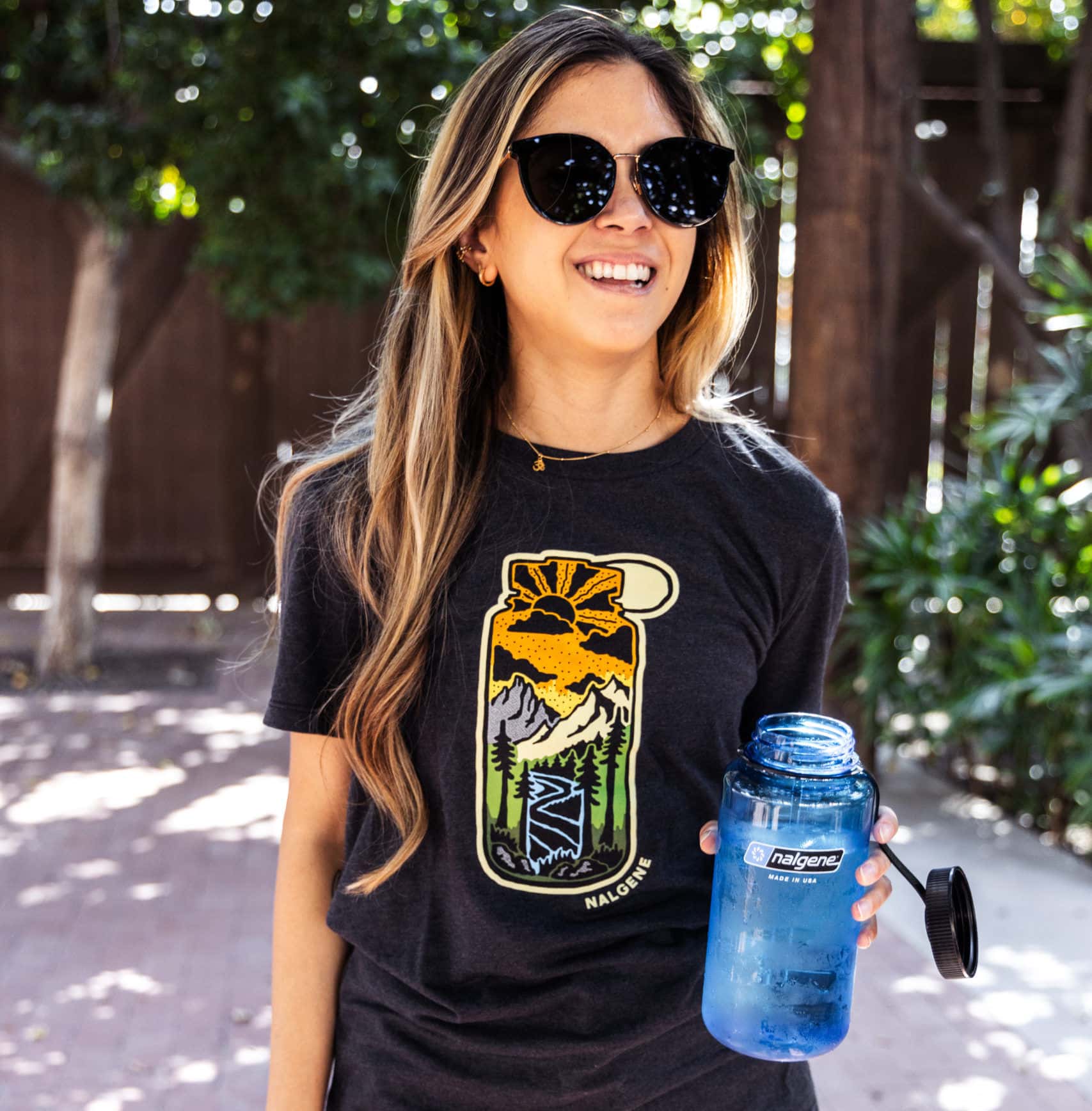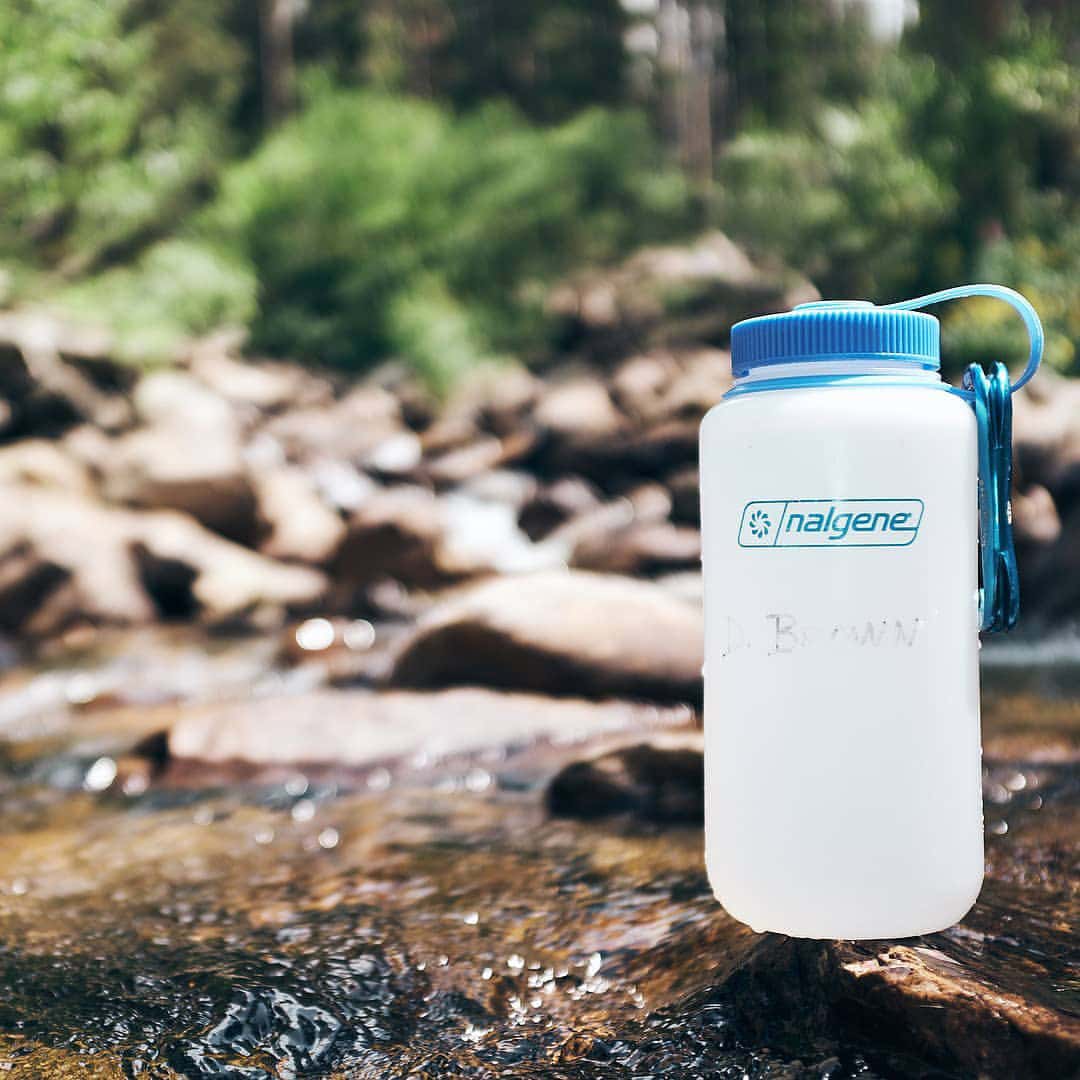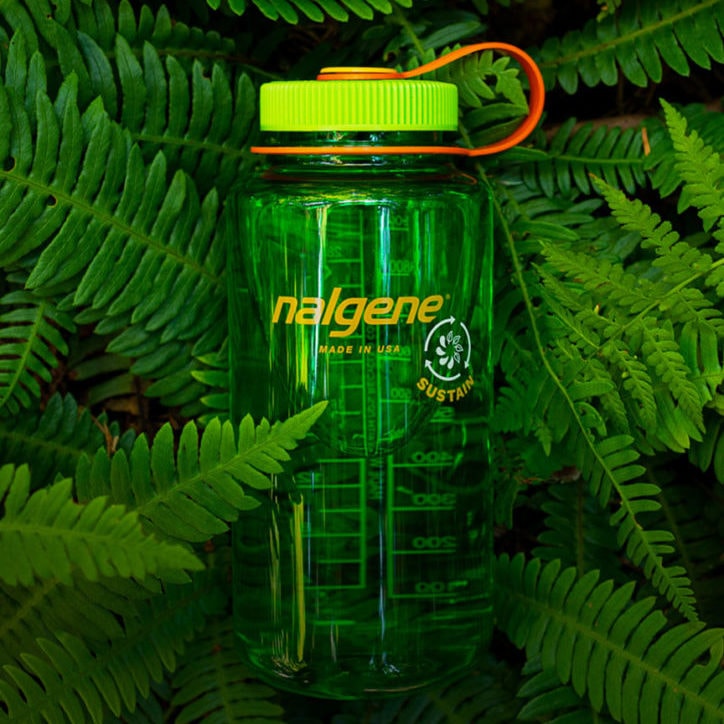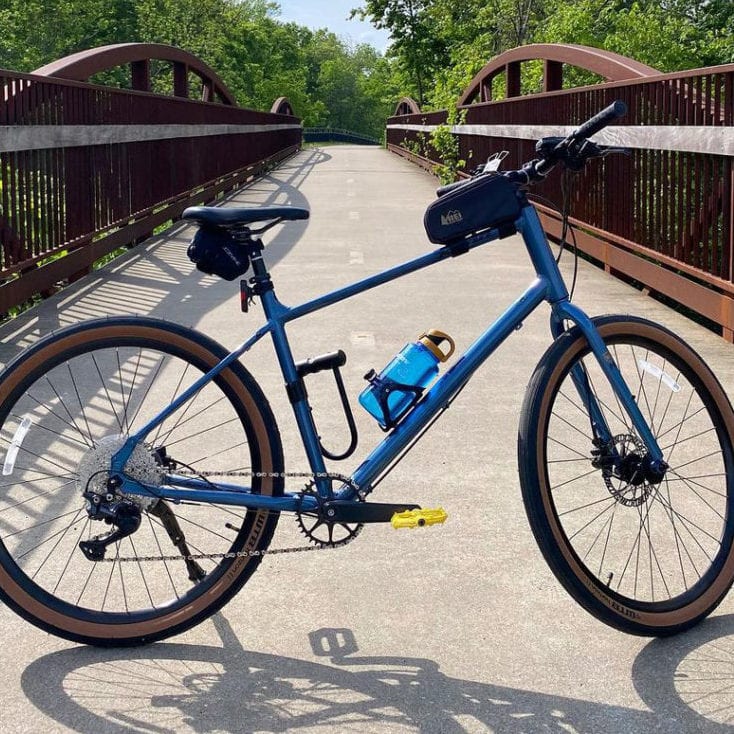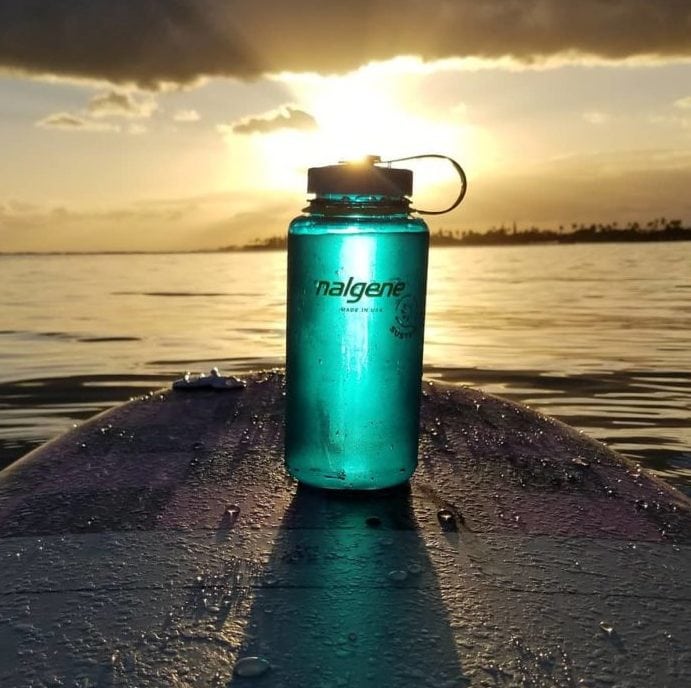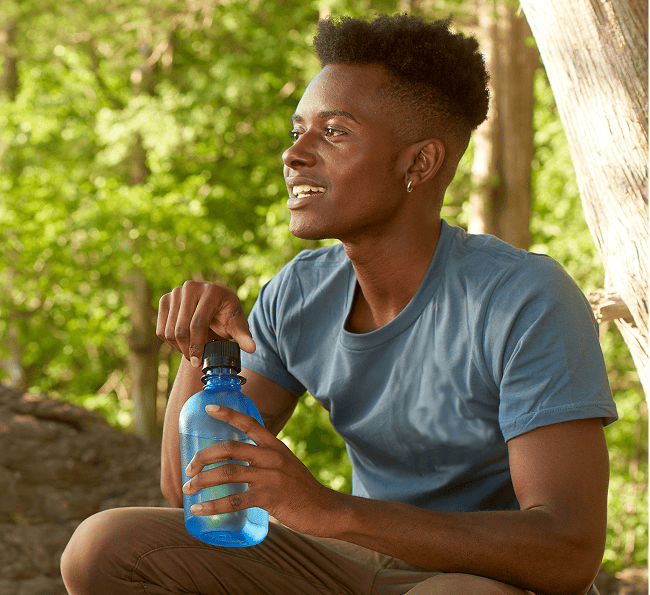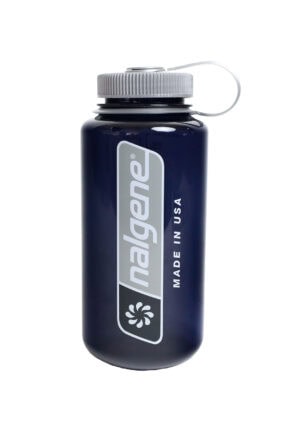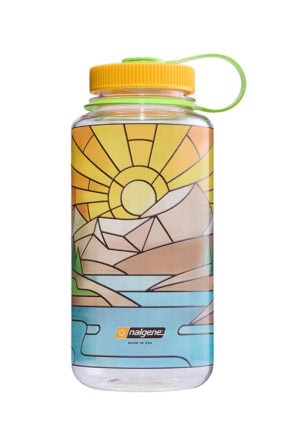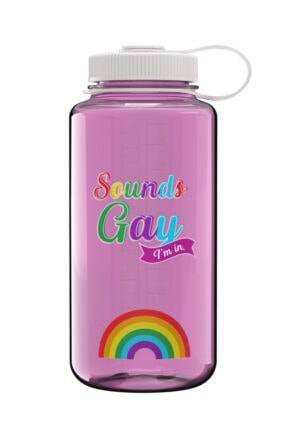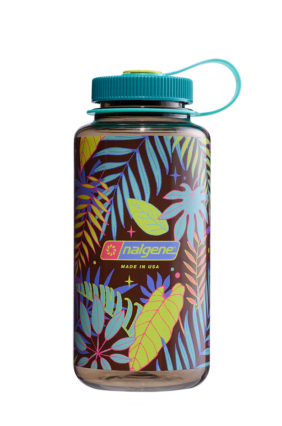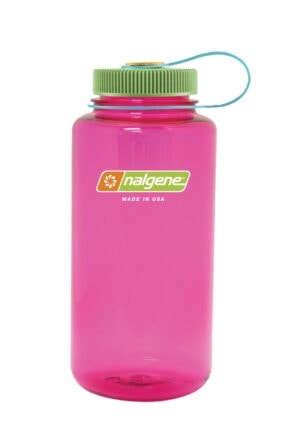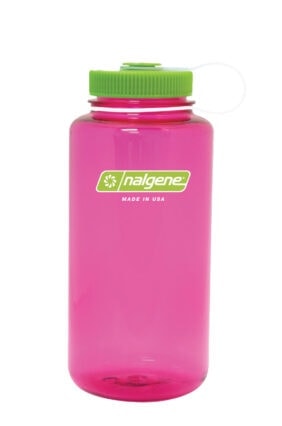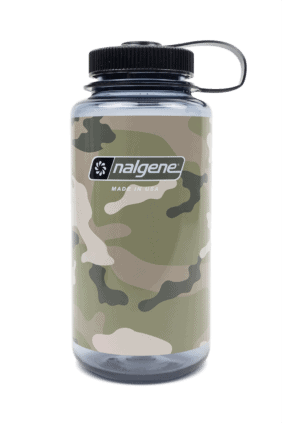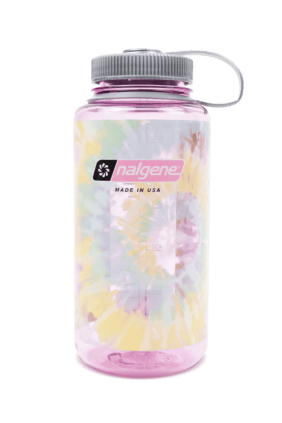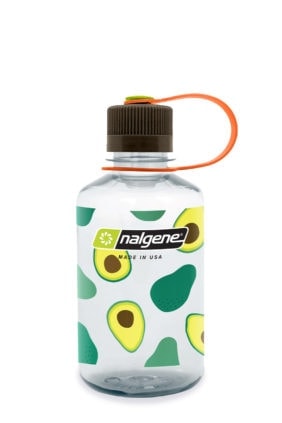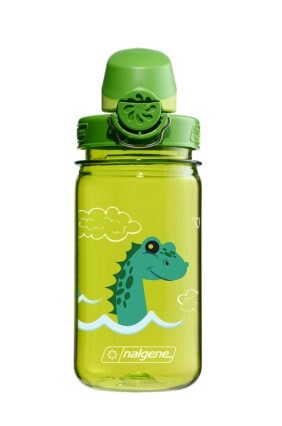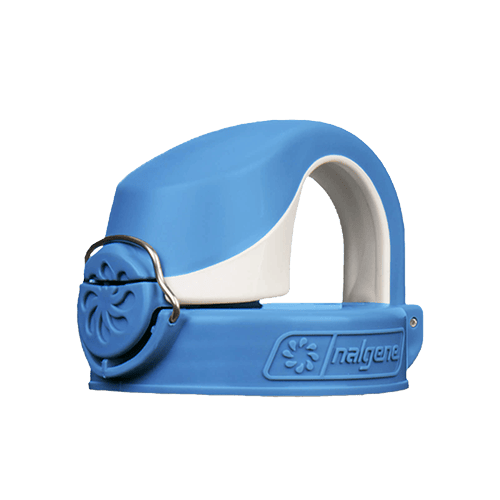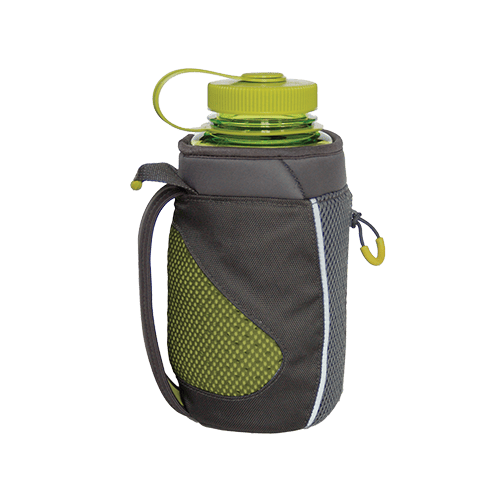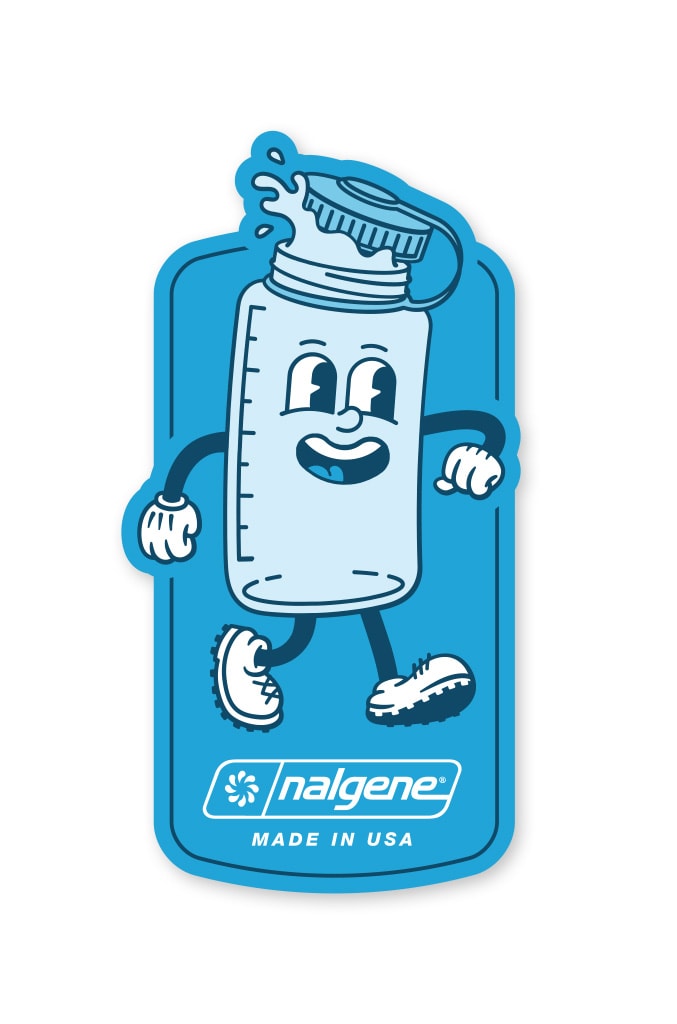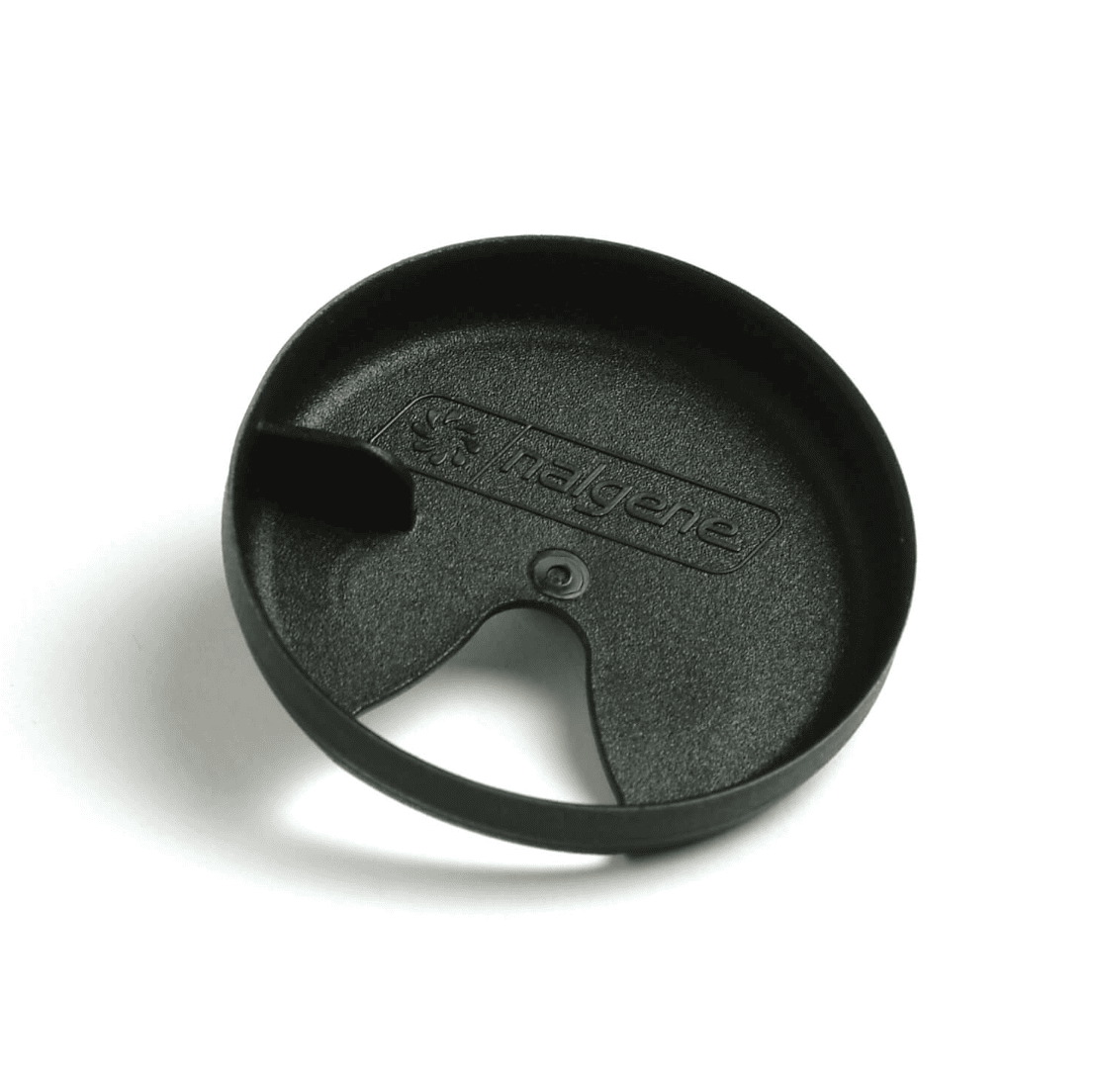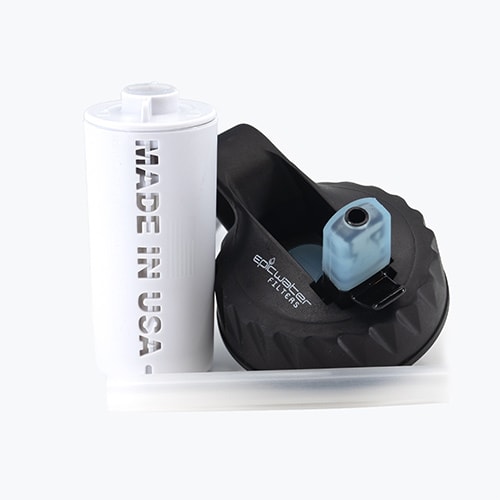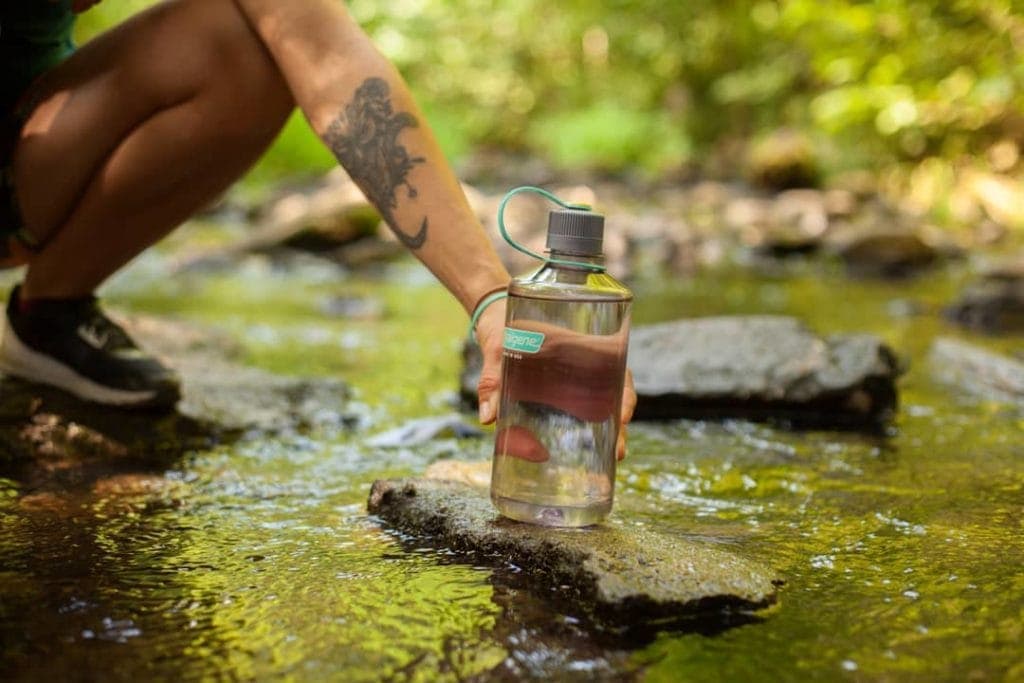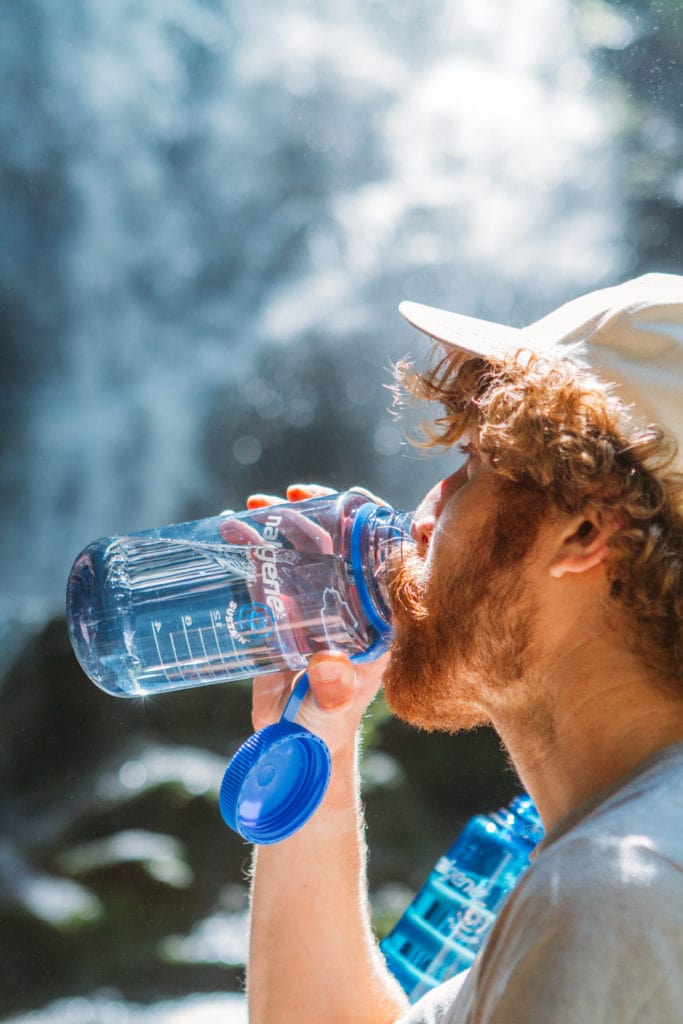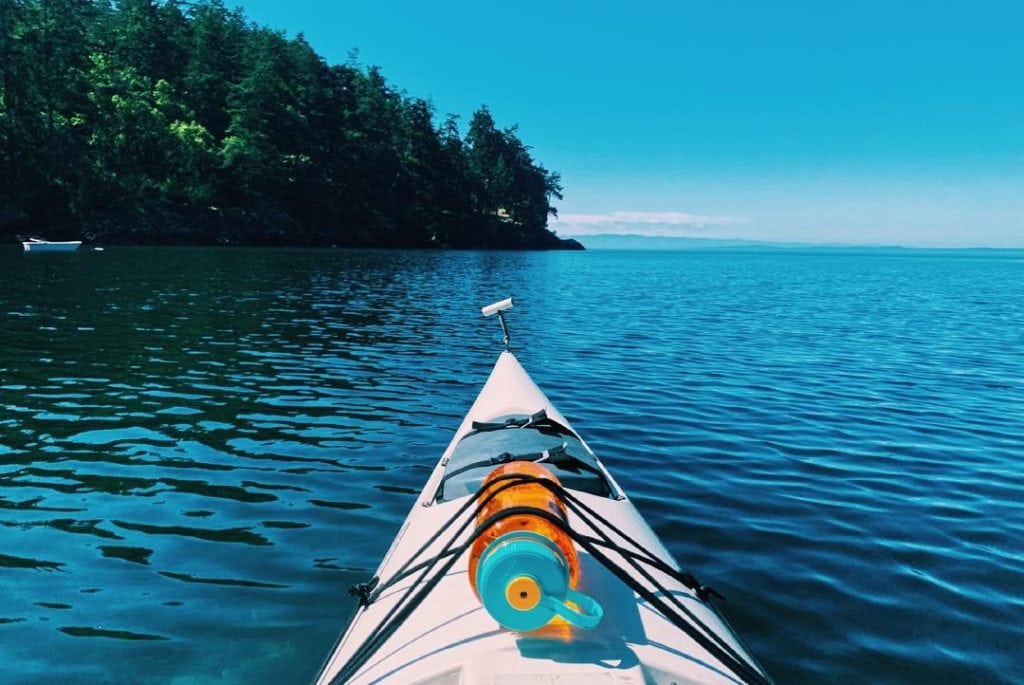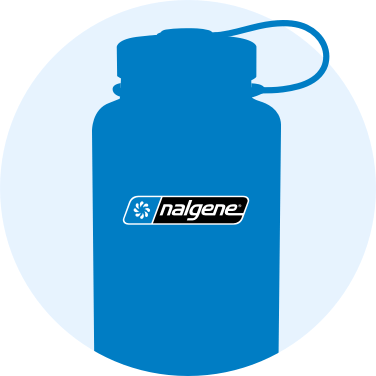Water is all around us, in many different shapes and forms. It falls from the sky in droplets, gushes through rivers and streams, is frozen in glaciers, and yes, you can fill your Nalgene bottles with water that’s fit for drinking. But have you ever asked yourself: where does water come from, and how exactly does it become safe, clear, and drinkable? Well, we wanted to get to the root of this question, because obviously, water is pretty much the center of our universe. And if you ask us, nothing is better than having a Nalgene bottle full to the brim with delicious crisp drinking water (although maybe we’re a little biased).
While turning on the tap and having a continuous supply of safe and drinkable H20 is a privilege, it’s also not something we’re commonly taught that much about. So where does water come from before it hits your Nalgene bottle? As it turns out, a lot has to happen to it before it actually flows from your kitchen tap.
Earth’s Water Makeup
You probably know that water is pretty important, for our planet and everyone who’s on it. Water makes up about 60% of the human body, and 71% of our planet, but get this: only about 2.5% of Earth’s water is freshwater, which can be readily used for drinking. And out of that, just about 1% is easily accessible, while the rest is locked up in glaciers and other frozen parts of the planet.
How about the rest of Earth’s water? Aside from the 2.5% that is freshwater, everything else is salty ocean water. This might be great for sea creatures, but it’s not as great for humans. That’s because humans are unable to safely drink untreated seawater, due to it’s high levels of salt. This means that most of Earth’s water is undrinkable in its natural form.
You might have heard about desalination techniques, which is the process of turning saltwater into freshwater. While desalination is used around the world today, this technology is still extremely expensive, and these high costs have stopped desalination from becoming used more widely. But many countries that lack abundant supplies of freshwater, such as countries in the Middle East and North Africa, do heavily use desalination, to turn ocean water into something drinkable. In the United States, Florida and California are among the states that have desalination plants.
But in short, most people and places rely on freshwater for their drinking water, which comes mostly from lakes, rivers, and groundwater, and typically has to go through quite the process before it flows through the pipes in your home.
How Does Water Reach Our Homes?
To understand where water comes from before it fills your Nalgene bottle, we need to blow off the dust on some of those middle school science textbooks. The planetary water cycle consists of a few main stages. The sun warms the Earth, causing water to evaporate from the oceans, streams, and lakes, and head up into the atmosphere. Then, that water cools, and falls back down to Earth as rain or snow. This precipitation might collect in rivers, lakes, and in the soil and layers of rock. Much of it will eventually flow back into the oceans.
So where in that lifecycle does your tap water come into play? For most Americans, drinking water is drawn from lakes, rivers, and groundwater, and is brought from those sources to a water treatment plant in your city. Most utility companies then use several steps to treat your water before you drink it.
Firstly, chemicals are added to the water, which bind with any sediment and dirt, forming a substance called floc. Then, because that floc is heavy, it sinks to the bottom of the tank, while the clean water remains on top and passes through layers of filters. Interestingly enough, these filters are usually made of sand, gravel, and charcoal, which remove particles and chemicals. Lastly, chlorine or a similar substance will be added to kill any germs or parasites left over in the water. It’s also possible for water to come from an individual water system, such as a private well. In these cases, it’s typically up to the owner of that water system to care for it, treat it, and ensure the water is safe for drinking.
As you can see, it takes quite a lot of work for water to be transformed from what’s found in the ground and in the skies into something you can safely sip along the trail.
What Are The Types Of Drinking Water?
While you’re out in the world with your Nalgene bottle in hand, you might have noticed that not all waters taste the same, and that there are many different names for water that you buy from the stores. That’s because depending on who you ask, there are anywhere between 5 and 9 types of water that we typically drink. Some of the common ones you might encounter include tap, mineral, spring, glacier, distilled, and well water. Here are some details on the common types you might see on your store shelves:
- Spring water: Spring water rises to the surface naturally and has to be collected at the spring itself, or at it’s source (usually using a borehole tapping technique)
- Purified water: Typically defined as water that has gone through a purification process (such as the one we mentioned above).
- Mineral water: Water from a spring that naturally contains minerals and trace elements, such as magnesium, calcium, sulfur and salts.
And what about tap water? Why is it that different types of tap water taste differently? Experts say that because municipal water systems are so complex, it can be tough to figure out exactly what causes different tap waters to taste differently. But the good news is that researchers say that these differences in tap water taste are usually harmless.
What’s The Deal With Tap Water Safety?
This brings us to our next point: what’s the deal with tap water safety? You might be wondering how safe tap water is to drink, and the truth is that the safety of tap water largely depends on where you live in the world. Here in the United States, we’re lucky to have “one of the safest and most reliable drinking water systems in the world.” The Environmental Protection Agency is responsible for making sure that all public water supplied in the US is safe, and generally, tap water in the US is safe to drink.
Of course, there can sometimes be sources of contamination. In the United States, potential contaminants include lead from old pipes and nitrate from high levels of agricultural activity. It’s important to note that typically, steps are taken to prevent contamination, or harm from contaminants. If you want to find out the exact status of the water that flows from your taps, the CDC has consumer reports available.
How Much Of The Planet Has Access To Clean Drinking Water?
While a Nalgene bottle full of crystal clear water is basically our favorite thing, not everyone on this planet has access to drinkable water at their fingertips. More than 785 million people around the world do not have access to even basic water services. That’s one of the many reasons why we created our Nalgene Water Fund, because we believe everyone deserves access to clean drinking water. When you purchase a limited edition Nalgene Water Fund bottle, we contribute $5 of every purchase to Reverb, Inc. That money then supports domestic communities struggling with access to clean water by partnering with grassroots nonprofits to raise funds and awareness.
Even here in the United States, many people do not have easy access to drinking water. In the Navajo Nation, America’s largest indigenous tribe with more than 300,000 residents, the vast majority of people do not have running water in their homes. The Navajo Nation (Diné) people have a core belief that “Tó éí iiná” (Water is Life), so we launched our new “Tó éí iiná” bottle as part of our Nalgene Water fund. We have also pledged nearly $30,000 in funds and critical supplies to help create sustainable long-term solutions in the Navajo Nation.
Water’s Long Journey To Your Nalgene Bottle
We don’t know about you, but we’ve started to think about our tap water a little bit differently. Next time you fill up your Nalgene bottle and head out the door, you can think about the long journey your water has been on before it reached your tap. And when someone asks you “Where does water come from?” you’ll have an answer ready to go.
MORE WAYS YOU CAN HELP CLOSE THE WATER GAP
Education and conservation are key to combating the U.S. water crisis. Purchase one of the limited edition 32 oz. Nalgene Water Fund bottles to support domestic water issues. $5 from the sale of every NWF bottle goes toward closing the U.S. water gap.
Nalgene Water Fund